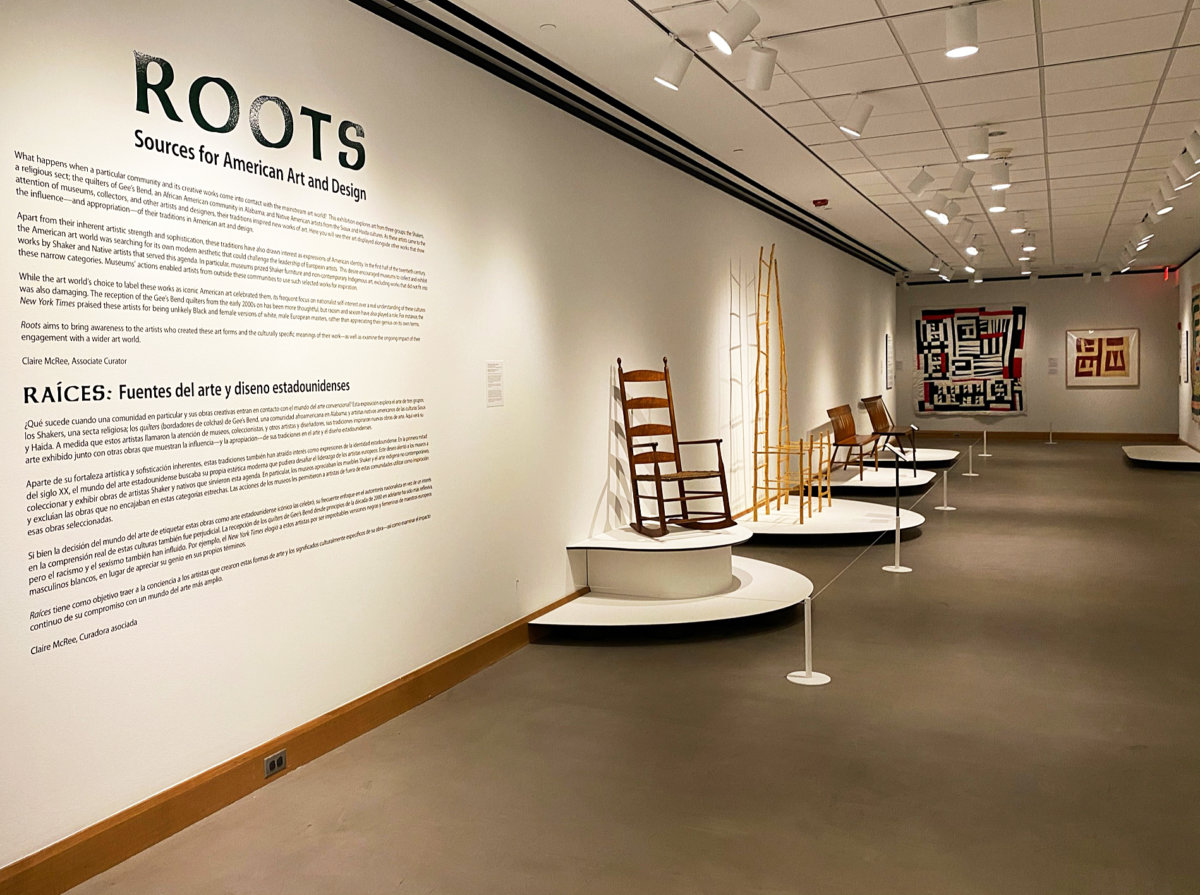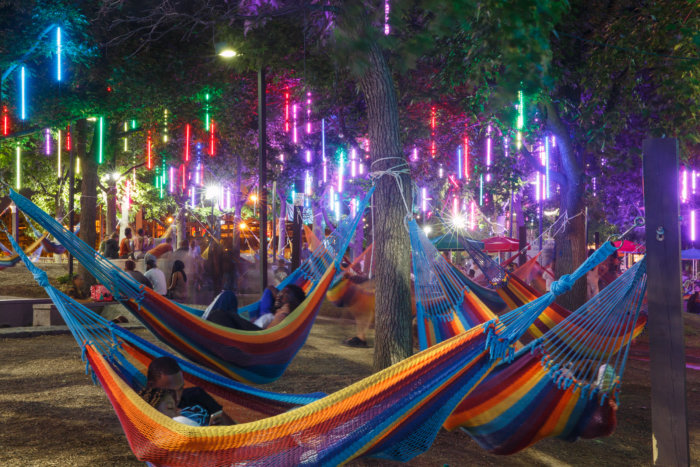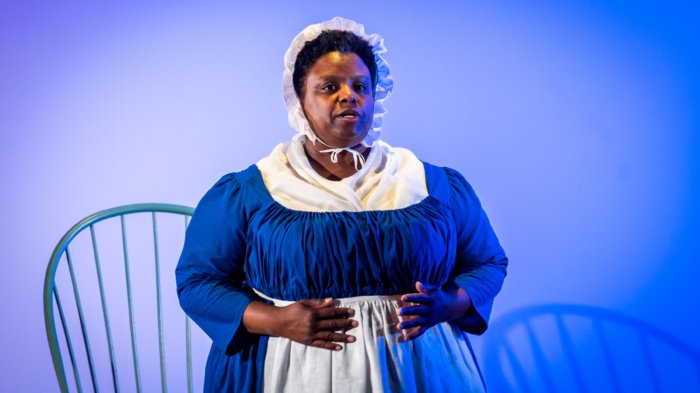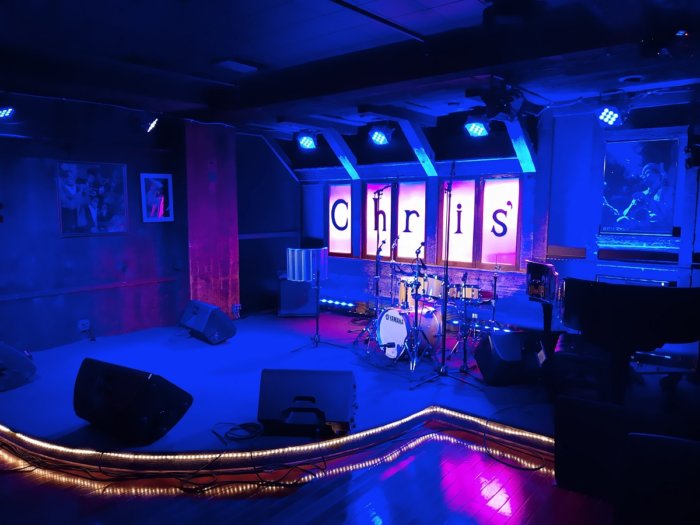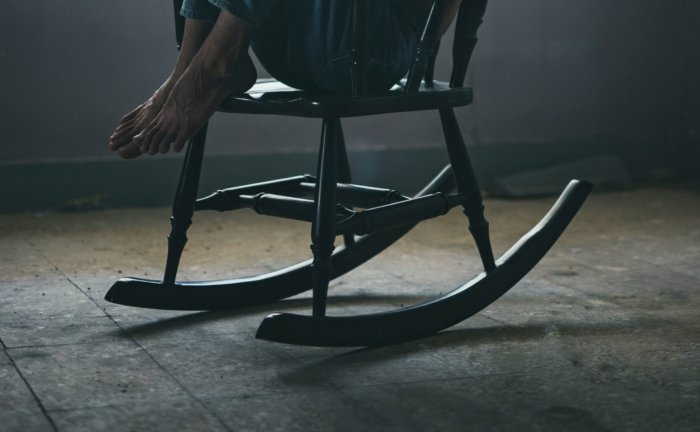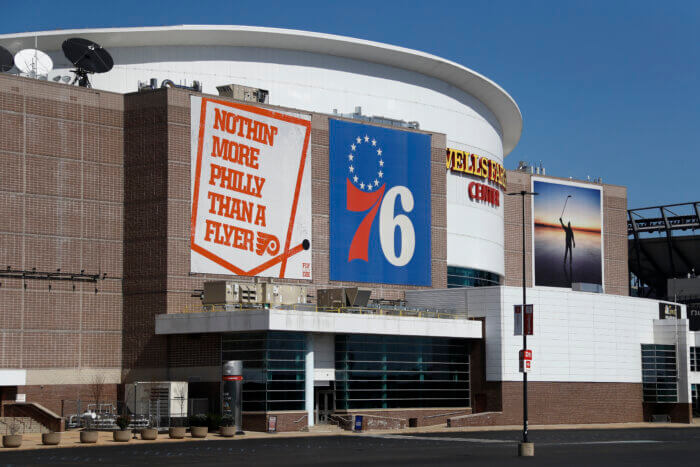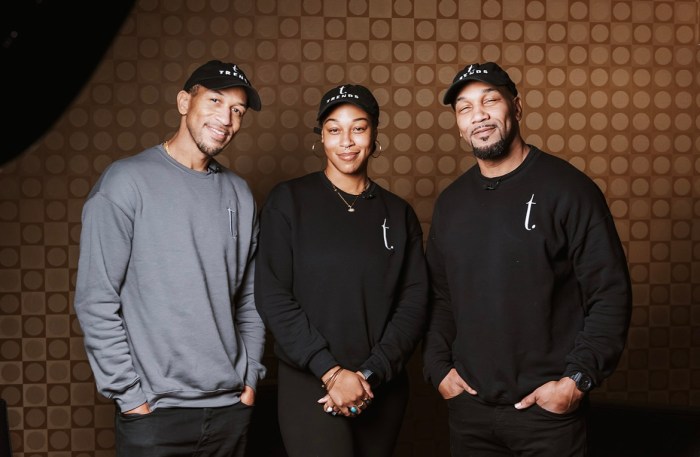The Art Bridges and the Terra Foundation for American Art awarded more than $700,000 to the Philadelphia Museum of Art to support a program of sharing treasures from the Museum’s renowned collections with communities across Pennsylvania. One of those artistic communities is the Allentown Art Museum.
With ‘Roots: Sources for American Art and Design,’ Allentown is embarking with their second exhibition with the PMA, and this one is meant to make audiences aware.
Of what? As Claire McRee, Allentown’s curator puts it: “It’s about thinking about the legacy of different art traditions in each section. Traditions are juxtaposed by traditions that were inspired, that have appropriated and that have grown out of them. ‘Roots’ draws attention to that dynamic. Every design or style comes from somewhere and it may have a complex story behind it. Traditions are flexible and something that adapt and grow between the makers and those who still carry the tradition. Looking at art across different mediums to wonder what exactly is American art?”
‘Roots’ is broken up into three different sections—the Shakers, a religious sect; the Quilters of Gee’s Bend, an African American community in Alabama; and Native American artists from the Sioux and Haida cultures—to explore just that.
There’s another exhibition open the same dates as ‘Roots’ (now through Sept. 12) that acts a compliment. ‘Sleep Tight! Bedcovers and Hangings From Around the World’ looks at bed covers and bed hangings on a global scale. This exhibition is looking at meanings across cultures, and takes a universal theme in terms of a place to sleep and taking textile processes like weaving or embroidering within families and communities and creating and building traditions for concepts that stretch. It’s a way to understand ourselves better in a global context.
To elaborate more on both of those notions, McRee sat down to discuss what viewers can expect.
This is your second exhibit with the PMA, how did ‘Roots’ specifically come to be through this partnership?
The Art Bridges funds these partnerships between larger metropolitan institutions and smaller ones. For ‘Roots’ it’s really exciting to be able to, as part of this collection, share in an initiative to bring some works out of storage from the Philadelphia Museum and give public access to them in our galleries. So, ‘Roots,’ in particular, investigates the stories behind iconic American aesthetics and art forms. It’s looking at a process where a specific community or culture comes into contact with the American art world and the aftermath and the ramifications of that. It looks at how traditions from these communities inspired these works of art and also leads into question about the politics of collecting and the museum’s role in this process and inspiration versus appropriation when looking at these traditions.
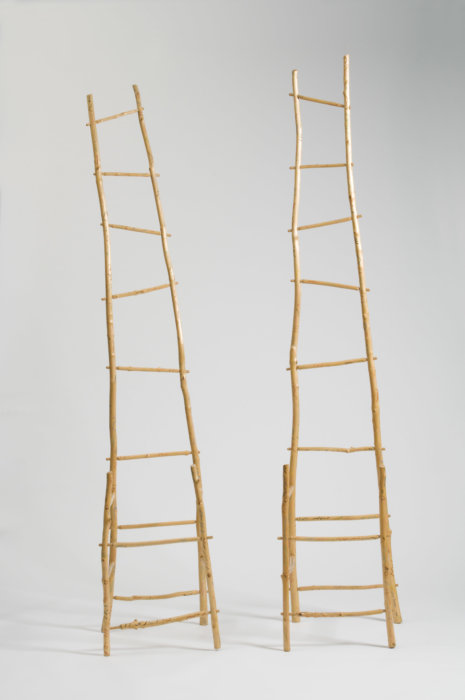
lacquer. Philadelphia Museum of Art: Gift of Faith Robbins, 2008 (2008-137-1, 2)Allentown Art Museum
What else makes this partnership important?
It’s beyond just the ability to get exciting works of art out of storage, which as museum people, we are always excited to do. In this particular exhibition, the loans are allowing us to tell stories that we wouldn’t have been able to tell otherwise. For instance, one section in ‘Roots’ focuses on the quilting tradition from Gee’s Bend and in our collection at Allentown, we have prints made from some of the quilters, but we don’t have any quilts. So, it’s really wonderful to be able to display those prints in the context with quilts on loan.
Beyond just the loans, it’s also be really wonderful to have the ability to collaborate with staff from the Philadelphia Museum of Art and their support and research as well as working with the Art Bridges foundation to be able to get more programming and evaluation measures, these kinds of things.
Are there any other pieces that stand out to you for any reason from ‘Roots’ specifically?
There’s a painting by John Wallace who’s a Haida artist from the Northwest Coast. This particular work is a painting, which is interesting, because Wallace is mostly known as a carver of memorial or totem poles. It has an interesting provenance in that Wallace painted it specifically for a non-indigenous audience for scale to kind of be a display piece within a home, even though it’s part of Haida tradition [to be] used on painted panels in the home. This one is scaled specifically for a non-indigenous audience and use.
It’s interesting to see these cultural adaptations and transformations where you have artists that are producing work for a new context and finding ways to continue their traditions. This particular painting actually ended up in the New York city collection at the Museum of Living Art where the collector who primarily collected modernist, cubist, abstract European and some American art purchased this painting for his collection. It’s really interesting to think about in that context especially because the Wallace painting is from the 40s, and in art and design, some Americans have this movement to look towards indigenous art for a new source of inspiration. So they aren’t just looking at the newest trends from Europe, but just creating something original in their heads.
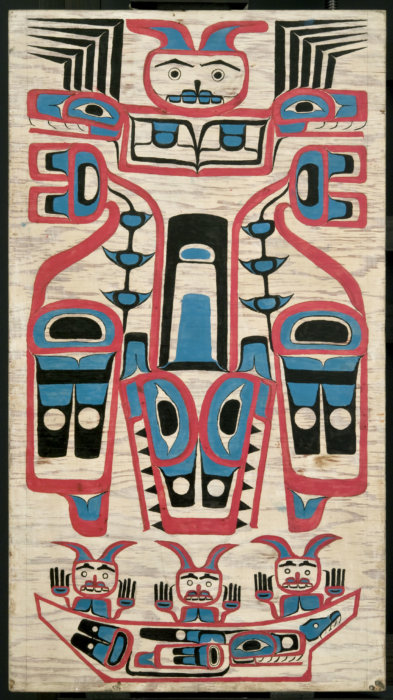
Haida, 1861–1950
Untitled, 1939
Oil on panel
Philadelphia Museum of Art: A. E. Gallatin Collection, 1952 (1952-61-126)Allentown Art Museum
What are you hoping that people take away from the exhibit?
I think a greater awareness of thinking about the origins of designs or aesthetics and just thinking more deeply or questioning those. [For instance] Native American aesthetics have been appropriated within the fashion industry… In the last decade that’s been something that’s popular. So it’s just thinking about what is the origin of this and kind of retrieving what is the meaning attached to these? I think it helps us be more aware of the diverse world we live in and the different cultures and their traditions.
For more information on the Allentown Art Museum and its two exhibitions, visit allentownartmuseum.org



